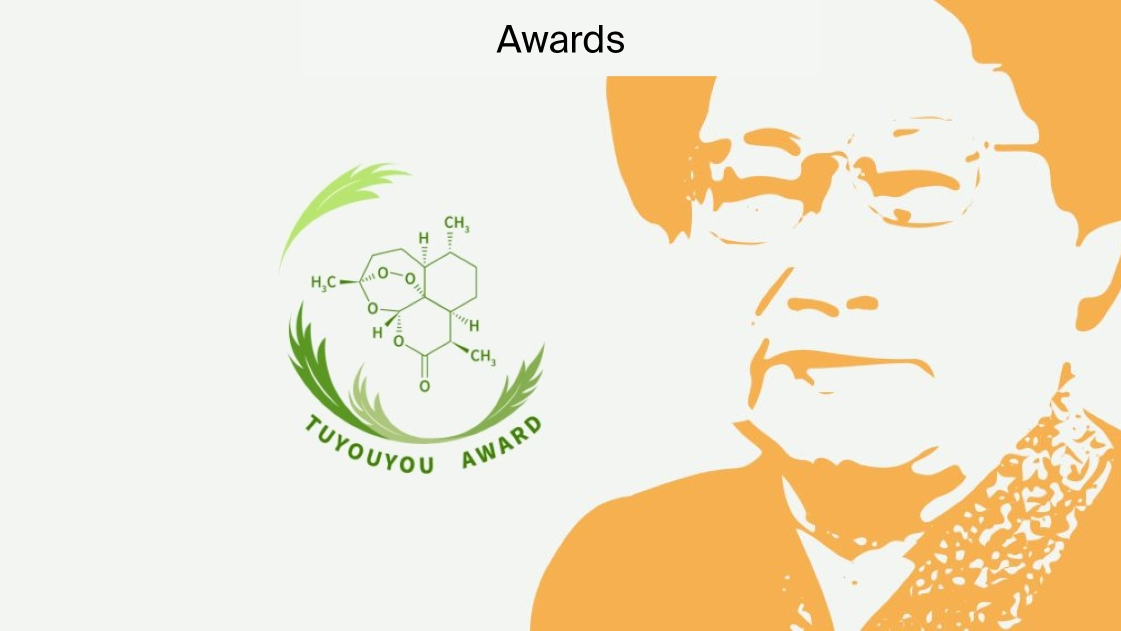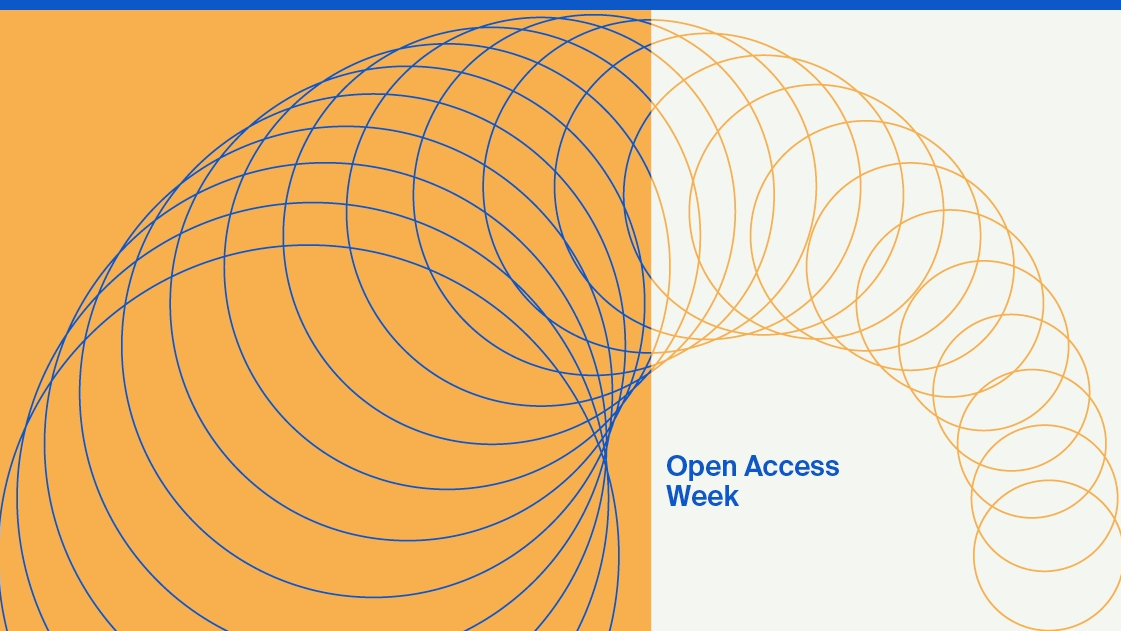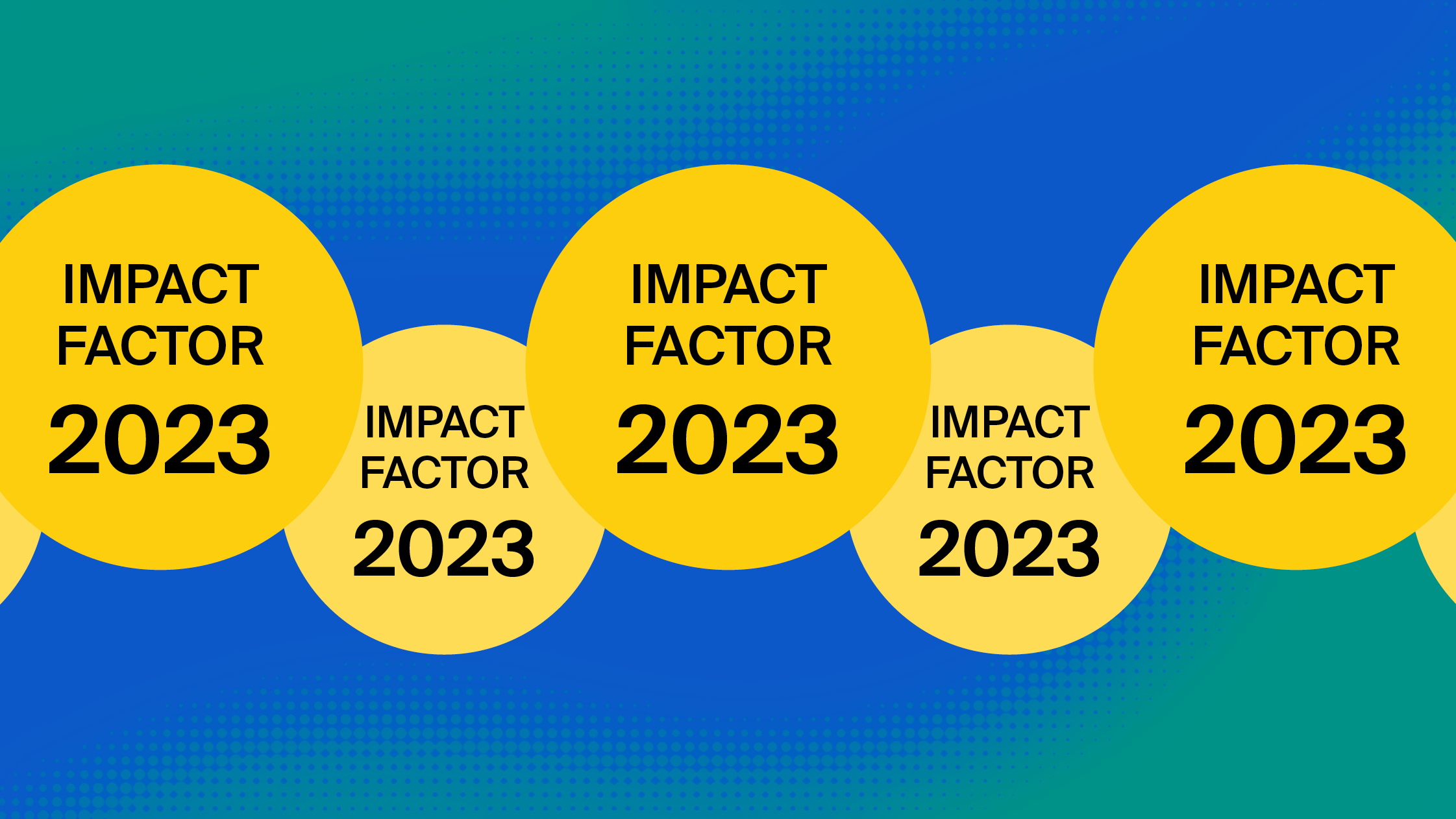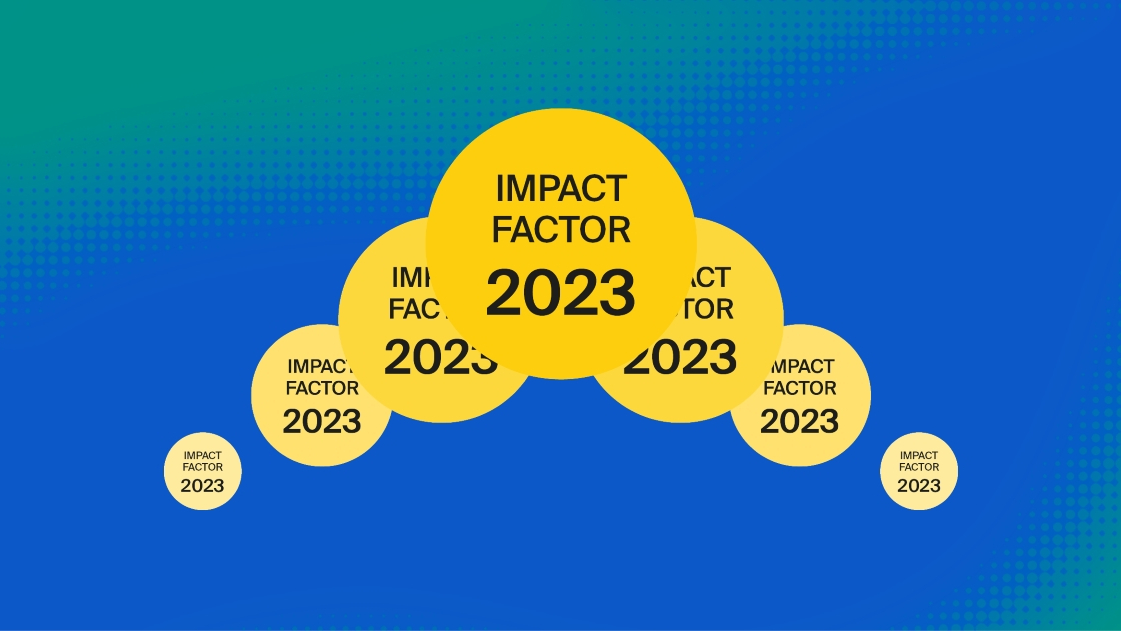
Double blind peer review in Administrative Sciences
Administrative Sciences has made a decision about double blind peer review.
Discussions about peer review abound these days. Many highlight weaknesses. At the same time, it also remains the dominant method for validating research. Various new and innovative types of peer-review have been implemented. The goal of these have been to address perceived problems. But all have the same aim: to create a system of peer review that publishes high quality, sound research.
MDPI’s open access journal Administrative Sciences has taken the step to introduce double-blind peer review. As described in an Editorial here, this is in response to the research community. For business science and economics, double blind peer-review has come to be regarded as the standard. We want to ensure that we meet the expectations of the research community.
How does double blind peer review work?
When you submit a manuscript to Administrative Sciences, you must remove all identifying information and put it into the cover letter. Reviewers will not know the authors’ identities (and vice versa) during the review process. We believe that it will give a fairer hearing to groups such as junior authors, women, and those from countries or institutions without a high research profile.
What about transparency?
Alongside double blind peer-review, we are also introducing open review, as Life introduced last year. This means that authors can choose to have the review reports published alongside their paper, and reviewers can choose to sign their review with publication.
Since review reports and reviewer identities are only disclosed at the end of the process, there is no conflict with running both a double blind and open process together.
These changes mean that we can both guard against bias in the review process, while increasing accountability. We wish to thank the Editor-in-Chief and the Editorial Board for their cooperation, and the many scholars who review for MDPI journals.










